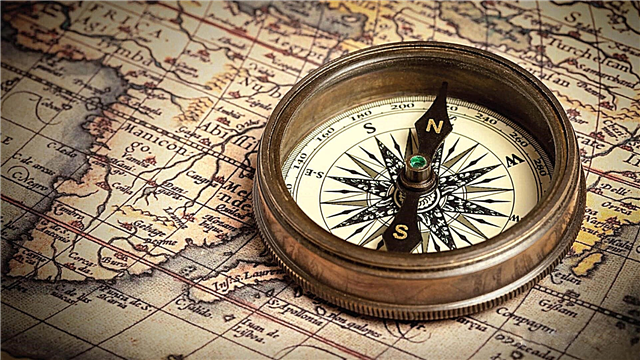
It is hard to believe, but 2 representatives from the elephant family - the African elephant and his brother - the Indian elephant, have such obvious differences that biologists even attributed these animals to different species. Many differences are observed even in their appearance - they are striking to everyone, even if you look only at the pictures of these elephants.
Size difference
Everyone knows that on our planet there is no land inhabitant larger than an elephant. There is also a less known fact - the African elephant is larger than its Indian (Asian) congener, that is, it is the largest mammal on land.
African Elephant Height
Its height at shoulder level can reach as much as 4 meters! And the length of the body is from 6 to 7 meters, sometimes a little more. The body weight of this giant is up to 7000 kg. The Asian elephant is smaller - it grows up to 3 m tall, up to 6 with a few meters in length, its weight rarely exceeds 5000 kg.
Ear shape difference

Elephant ears have different shapes and lengths. The African elephant is the owner of large, elongated hearing organs with a rounded shape. The Asian ears are smaller, more elongated to the ground, pointed.
The difference in tusks

Not only the male, but also the female of the African elephant has luxurious tusks (of course, they are smaller for the “girls”). Females of Asian elephants have no tusks at all, and sometimes males do not have tusks either (the inhabitants of India called these elephants “Makhna”).The elephant tusk from Africa is very long (up to 3.5 meters) and strongly curved.Asian elephant tusk shorter and almost straight.
Body surface
The skin of an elephant from Africa is covered with a large number of wrinkles. The body surface of the Asian elephant is covered with small hairs. There are also differences in skin color - Asian elephant is darker (dark gray, brown), African - gray with a slight brown tint.
Body shape

Elephants are not even similar in body shape - an elephant from Africa has a straight back, sometimes a little concave. The back of the Asian elephant is clearly convex. The limbs of an elephant from India are thicker and shorter, so it looks more overweight. The African elephant needs long legs - he eats only the foliage of trees, which he reaches for. His fellow from India also eats some food from the earth, and not just leaves and branches from a tree.
The difference between elephants in trunks

The trunks of these animals are also arranged differently - they have processes that resemble fingers in shape. Only on the trunk of the African elephant there are 2 of them, while the Asian elephant has only 1.
In the structure of the skeleton
There are also differences in the structure of the skeleton of these animals. The African elephant has 21 pairs of ribs, the Asian - only 19. 33 vertebrae in the tail of the African elephant, its relative only 26. Permanent teeth of these mammals also have their own characteristics.
African elephants become adults at about 25 years old, Indian - at 15-20 years old.
Difference in behavior
Giants differ in their disposition - Indian elephant is more friendly when communicating with people, they are easy to make tame.Asian people use these very elephants for various hard physical work - when transporting bulky items, for example. The audience in the circus is also entertained by these elephants. An elephant from Africa is much more aggressive and you need to try hard to make it tame, although it is possible to make them home. There is evidence that African elephants took part in the military raid on Rome by the commander of Hannibal.
All elephant representatives live in herds. Asian elephants gather in a group of 15-20 individuals, headed, as a rule, is an elderly female. Herds of African elephants at some time could include up to 400 individuals. Unfortunately, the number of all elephants is greatly reduced, these days these animals are under the protection of the Red Book.












